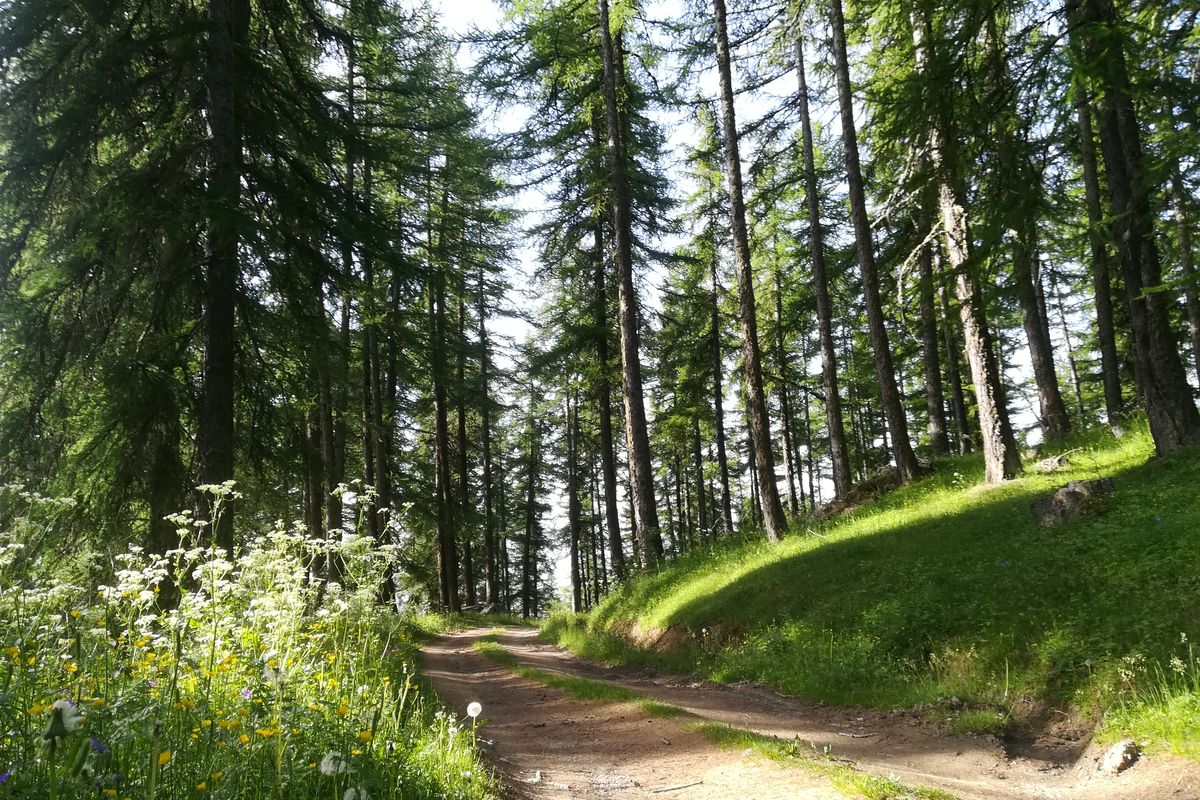
Cabane de l'Aiguille loop
Wend your way to the Cabane de l'Aiguille through the larch forest of Mont Guillaume, the larch being the iconic tree of the Alps. The ever-present greenery and vegetation make this a trail full of colour. The shape of these giant trees allows a gentle and tranquil light to filter through. And not forgetting the presence of the many and secretive inhabitants of the forest. After these shaded, green environments, you will be taken by surprise by the wide-open spaces of the area of alpine pasture at the Cabane de l'Aiguille, before dropping back down through the forest.
Description
- At the intersection, turn left towards the Lac de l'Hivernet via Prés-Clos and Pierre Pointue. Continue heading in this direction.
- When you reach Prés Clos, stay on the track bearing left. This is a beautiful winding ascent.
- Then, just before the spring, take the path on the right (barely visible). Cross the Pierre Pointue [canal]. At the next intersection, turn left. On this track, follow signs to the Lac de L'Hivernet.
- A few metres further on, turn right at the crossroads. Then, take the path on the right leading towards L'Aiguille and Les Fontainiers. When you reach the Cabane de L'Aiguille, follow the track on the right which leads to the locality of Les Fontainiers.
- Departure : Forest car park, Embrun
- Arrival : Forest car park, Embrun
- Towns crossed : Embrun
8 points of interest

Mélézin - Mireille Coulon - PNE  Flora
FloraThe larch
The king of mountain trees in the Southern Alps, the larch is the only conifer to drop its needles in winter. In spring, its cones are a characteristic dark purple. The larch is one of the few European tree species that is imputrescible, that is to say, it does not rot. This is why, despite the fact that it twists as it dries out, it is widely use in frameworks, drinking troughs and other water holding vessels in the mountain villages. Incapable of germinating in its own undergrowth, it needs natural openings such as avalanche corridors for the young shoots to develop. It is found at altitudes in excess of 2,200 metres, adopting dwarf forms in these "combat" zones. The larch tree growing at this point on the trail is several hundred years old.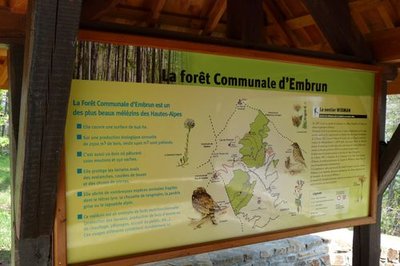
Panneau explicatif sur la forêt communale d'Embrun - Christian Couloumy - PNE  Pastoralism
PastoralismWoodland grazing
The Embrun communal forest reconciles forestry and pastoral objectives. This 646 ha larch forest consists of a light wood enabling the growth of forage crops. 1200 sheep and 150 cows graze in one of the most beautiful larch forests in the Hautes-Alpes. This forest which protects the lower slopes from avalanches, from mud slides and from falling stones is a lovely example of a multifunctional forest where the production of wood for timber or for heating, coexists with grazing and for the general appreciation of the public.
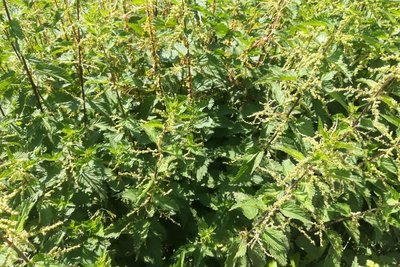
Orties - Amélie Vallier  Flora
Floracommon nettle
Called the common nettle, this is a stinging plant. During difficult times in history – the Middle Ages or the world wars for instance, it was consumed to help survive periods of famine and scarcity. Rich in protein, vitamins and minerals, it is highly effective health cure and is taken as a soup, and added ingredient to various other dishes or as a soft drink. Apart from this usage, in the sixteenth century it was put to industrial use, in the manufacture of paper, garments etc.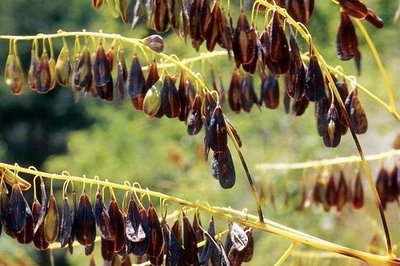
Pastel des teintutiers - fruits - Bernard Nicollet - PNE  Flora
FloraDyer’s Woad
Punctuating the edges of the paths, this green and blue-green biennial, is also known as « Saint Philippe’s herb ». A large robust plant topped with a parasol of yellow flowers, it has many uses. While its leaves provide a blue dye used to colour clothes, façades and carts (the famous « blue cart » which had the virtue of repelling flies), its roots are used against the mumps, infectious hepatitis, sore throat or the fever.
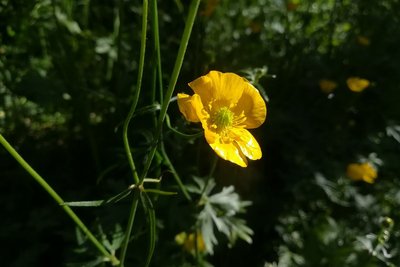
Pied de coq - Amélie Vallier  Flora
FloraMeadow buttercup
More commonly called the buttercup, this is a very familiar flower. It flowers from May to September, and commonly grows in grasslands and the edges of tracks. Its stems and leaves are slightly hairy. It is seldom eaten by livestock because it is toxic, and it only loses its toxicity when dried. This plant is a member of the large family Ranunculaceae.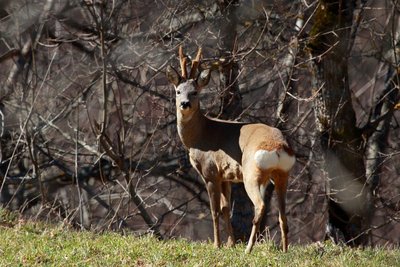
Chevreuil Mâle - Brocard - Albert Christophe - PNE  Fauna
FaunaThe roe deer
Slender, agile and quick-footed, the roe deer is very shy but leaves the imprint of its delicate hooves in the snow or mud, right up to the alpine zone. It can also be identified by its loud "vocalisation" because it utters a loud bark when disturbed. In the half-light, they are sometimes given away by their "mirror", the white mark under their tails, heart-shaped in the does and bean-shaped in the stags. When very young, the fawn is covered in white spots which camouflage it. This «bambi» very often lies concealed in the grass. If you see one, don't touch it. It hasn't been abandoned.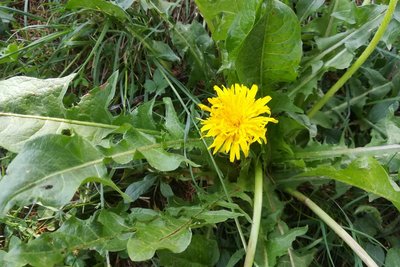
Pissenlit - Amélie Vallier  Flora
FloraDandelion
Called dandelion (from the French dent de lion - lion's tooth) with reference to its toothed leaves. Although despised by gardeners, this plant is actually a valuable ally. The use of the dandelion as a medicinal plant goes back to Ancient Greece. Young dandelion leaves are served as a salad or blanched like spinach. The flowers were traditionally used to make a wine reputed to be fortifying and they can also be infused in a sugar syrup, creating a kind of honey-like jam called cramaillotte.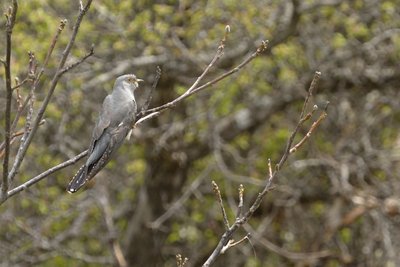
Coucou gris - Mireille Coulon - PNE  Fauna
FaunaThe Grey Cuckoo
This is a medium-sized migratory bird, identified by its "cuckoo" song, from April to July, between woodland and open spaces.
The females seek out the nests of small sparrows and eat one of the eggs of the occupied nest before laying their own. In the cuckooed nest, the cuckoo chick, which is born before the others, will eject all the other eggs so it can be raised by its adoptive parents.
Forecast
Altimetric profile
Recommandations
Information desks
Tourist office Embrun
Place Général Dosse - BP 49, 05202 Embrun
October to march : Monday to Saturday, 9.00 - 12.30 & 13.30 - 17.00.
April, may, june & september : Monday to Saturday, 9.00 - 12.30 & 14.30 - 18.00
July and August : Monday to Saturday, 9.00 - 19.00. Sundays, 10.00 - 12.30 & 16.00 - 19.00
On French national holidays (except 14th of July and 15th of August) : 9am to 1pm. Closed on the 1st of January, 1st of May, 25th December and 11th November
Closed on Thursdays outside French holidays’ periods
Maison du Parc de l'Embrunais
Place de l’Église, 05380 Châteauroux-les-Alpes
Information, documentation, exhibition, screenings, products and books of the Park. Accessible to people with reduced mobility. Free admission. All animations of the Park are free unless otherwise stated.
Transport
Public transport >> www.pacamobilite.fr
Consider car-sharing >> www.blablacar.fr
Access and parking
Parking :
More information
Source

Report a problem or an error
If you have found an error on this page or if you have noticed any problems during your hike, please report them to us here:


